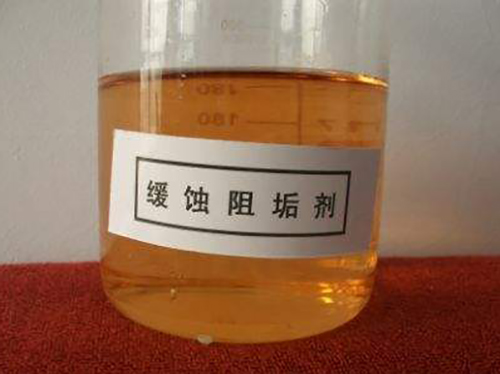anionic polyacrylamide flocculant
Anionic Polyacrylamide Flocculant A Comprehensive Overview
Anionic polyacrylamide (APAM) is a widely used polymeric flocculant that plays a crucial role in various industries, including water treatment, mining, and oil recovery. Its unique properties, such as high molecular weight, water solubility, and anionic charge, make it an effective agent in aggregating fine particles and promoting sedimentation in aqueous solutions. This article delves into the characteristics, applications, and benefits of anionic polyacrylamide flocculants.
Composition and Properties
Anionic polyacrylamide is synthesized from acrylamide monomers and anionic groups, which impart a negative charge to the polymer chains. The degree of anionicity can vary depending on the specific formulation, which influences the polymer's behavior and effectiveness in different applications. Typically, APAM has a high molecular weight range from 5 to 20 million daltons, which enhances its flocculation capabilities.
The solubility of APAM in water allows for easy preparation and usage in various processes. It can form hydrophilic colloids, thereby improving the stability of suspensions. The polymer's charge density helps it in neutralizing positively charged particles, effectively promoting the agglomeration of suspended solids.
Applications
1. Water Treatment One of the primary applications of anionic polyacrylamide is in water treatment plants, where it is utilized to clarify drinking water, treat wastewater, and remove contaminants. By enhancing the sedimentation of suspended solids, APAM aids in producing cleaner effluents and reduces the need for further chemical treatment.
2. Mining and Mineral Processing In mining, APAM is employed in various processes such as flotation and sedimentation. It assists in the separation of minerals from ores by aggregating fine particles and allowing them to settle more rapidly. This not only improves recovery rates but also minimizes the environmental impact associated with mining operations.
3. Oil Recovery In the petroleum industry, anionic polyacrylamide is utilized for enhanced oil recovery (EOR). By altering the viscosity of water injected into oil reservoirs, APAM improves the displacement of crude oil, increasing overall extraction rates. This application is particularly valuable in mature oil fields where traditional recovery methods yield diminishing returns.
anionic polyacrylamide flocculant

4. Agriculture APAM finds its usage in agriculture as well, where it is used to improve soil structure, enhance water retention, and prevent erosion. Its application can lead to better crop yields and sustainable farming practices.
Benefits
The benefits of using anionic polyacrylamide flocculant are numerous
- Efficiency APAM significantly enhances the sedimentation process, leading to faster clarification of liquids and reduced operational times in industrial processes.
- Cost-Effectiveness By minimizing the need for additional chemicals and reducing sludge volumes, APAM contributes to lower operational costs in wastewater treatment and other applications.
- Environmental Compliance The use of biodegradable polymeric flocculants like APAM helps industries meet stringent environmental regulations by reducing pollutant levels in effluents.
- Versatility Its applicability across multiple sectors highlights its versatility, making it an essential chemical in industrial operations.
Conclusion
Anionic polyacrylamide flocculant is a vital agent in numerous industrial applications, thanks to its unique properties and efficiency. Its role in water treatment, mining, oil recovery, and agriculture underscores its importance in promoting sustainable practices and enhancing process efficiencies. As industries increasingly focus on environmental sustainability, the demand for effective and eco-friendly solutions like APAM is likely to grow, making it a key player in the future of chemical applications.
-
Water Treatment with Flocculant Water TreatmentNewsJun.12,2025
-
Polymaleic AnhydrideNewsJun.12,2025
-
Polyaspartic AcidNewsJun.12,2025
-
Enhance Industrial Processes with IsothiazolinonesNewsJun.12,2025
-
Enhance Industrial Processes with PBTCA SolutionsNewsJun.12,2025
-
Dodecyldimethylbenzylammonium Chloride SolutionsNewsJun.12,2025





